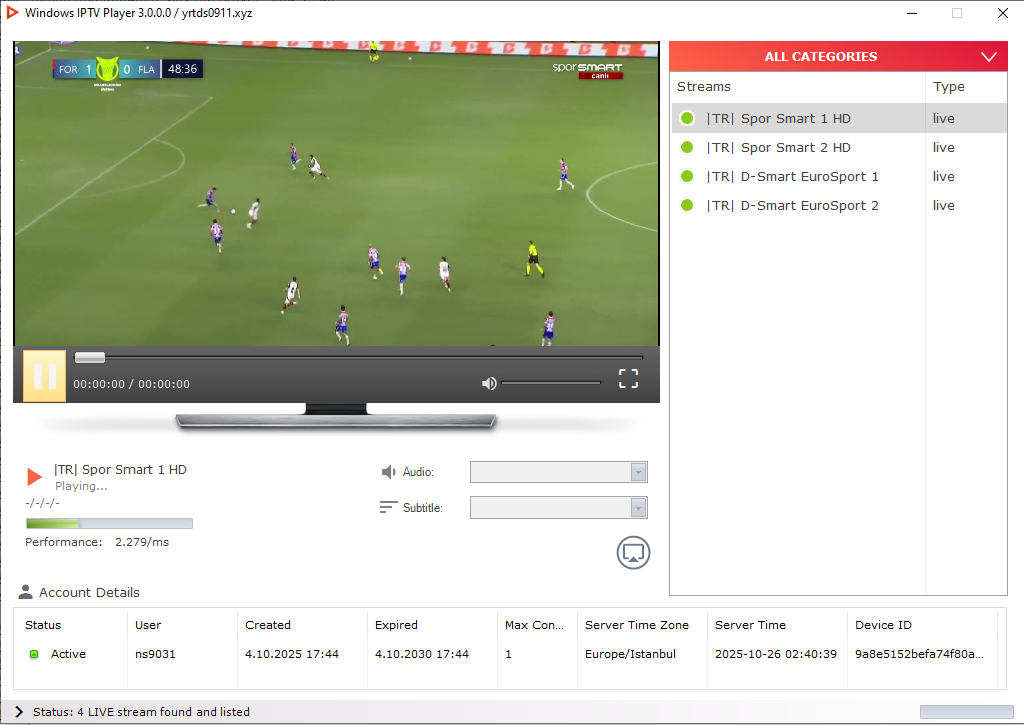Have you ever set up an IPTV service only to find it doesn’t work with your favorite player? Or maybe you’re confused about whether to choose Extreme Codes or the Stalker protocol for your setup?
Today, I’m breaking down the ultimate IPTV protocol showdown that will save you hours of frustration and potentially wasted money. Stay tuned for my key discovery about which protocol performs better during peak streaming hours—it might not be what most experts claim.
The Rise of IPTV
The streaming landscape has completely transformed how we consume media. Traditional cable subscriptions are declining, while services like Netflix, Disney+, and Hulu continue to gain millions of subscribers each quarter. But these mainstream platforms only offer a fraction of the content available worldwide.
This is precisely where IPTV comes in, delivering thousands of live channels and on-demand content directly through your internet connection. To make IPTV work seamlessly, you need the right protocol—essentially, the language your device uses to communicate with IPTV servers.
Today, we’re examining the two dominant protocols: Extreme Codes and Stalker. While they both power the majority of IPTV services, they operate quite differently. Choosing the right one can be the difference between a frustrating, buffer-filled experience and smooth streaming bliss.
1. Xtream Codes : The King of Flexibility & Compatibility
Overview:
Extreme Codes exploded in popularity around 2016 and quickly became one of the most widely adopted IPTV protocols worldwide. It’s essentially a content management system designed specifically for IPTV providers.
How It Works:
Extreme Codes stands out for its user-friendly, URL-based access. When you sign up for a service using it, you typically receive three pieces of information:
- A Host URL
- A Username
- A Password
You enter these credentials into any compatible IPTV player app, and you immediately get access to all the content. It’s that simple, with no complicated configuration needed.
Key Features & Content:
- Content Libraries: Organized into three main sections:
- Live TV: Categorized channels from around the world.
- VOD (Video on Demand): Movies and TV shows available for instant viewing.
- Series: Complete seasons of shows arranged by category.
- Electronic Program Guide (EPG): Offers a comprehensive program guide that displays what’s currently playing and what’s coming up, much like a traditional TV guide. It often covers 7 to 14 days of programming.
- Recording (PVR): Many players support Personal Video Recording, allowing you to record live broadcasts directly to your device’s storage.
- Device Compatibility: Its biggest strength

Technology has always fascinated me. From the first time I used a computer to the latest innovations in artificial intelligence, I’ve been amazed by how fast the world around us changes. Technology isn’t just about gadgets or machines; it’s about creativity, problem-solving, and making life better for everyone.
Every new invention tells a story of human curiosity and determination. Whether it’s a smartphone that connects us instantly or a smart home device that makes daily life easier, technology reflects how far we’ve come — and how far we can still go. I love exploring new tools, apps, and systems that improve productivity and help people stay connected.
What excites me most is how technology opens endless possibilities. It allows people to learn new skills, share knowledge, and even build careers from anywhere in the world. It brings innovation to every field — education, medicine, communication, and entertainment.
For me, technology is not just a passion; it’s a way of thinking. It challenges us to find smarter, faster, and more creative solutions. I believe that those who embrace technology will always stay one step ahead in shaping the future.
